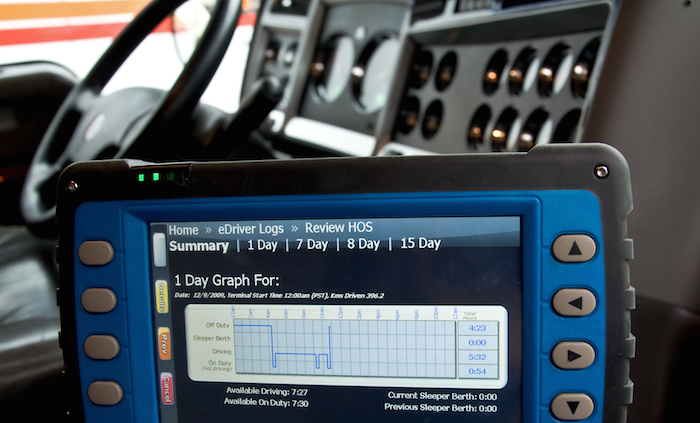On December 16, 2017, Christmas wreaths were laid on veteran’s graves in over 1000 cemeteries across the United States. All 50 states participated, as well as off-shore and National Cemeteries abroad. Over one million wreaths were delivered around the world. The ATA, American Trucking Association, and the Share the Road Highway Safety Program, led the convoy from Maine to Arlington National Cemetery, where they were met by thousands of volunteers. A large percentage of truck drivers are veterans. They stopped along the way at selected schools to teach students the value of our freedoms. Kudos to the trucking industry…never forget. source:www.dfwwreaths.com
source:www.dfwwreaths.com





 Source: Pintrest
Source: Pintrest
 source:ttnews
source:ttnews

 source:Pintrest
source:Pintrest


 source: pintrest
source: pintrest source:transport topics
source:transport topics